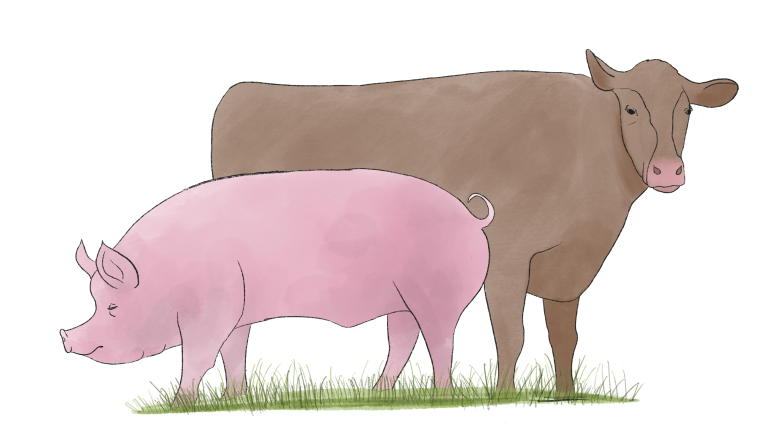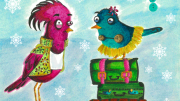Argenis Rodas-González, a former farm-owner, fled Venezuela with his family amid threats of kidnapping and ransom. As a professor, researcher and ranch consultant with a degree in veterinary medicine, he immigrated to the United States, where he completed a PhD in animal science at Texas Tech University.
Now an associate professor in the U of M department of animal science, Rodas-González’s research focuses on domesticated and exotic meat animal species to improve meat quality.
Aided by his experience researching water buffalo in Venezuela, Rodas-González began studying bison. His work focused on extending the shelf-life of bison meat and improving its colour.
“The problem with bison is in a few hours the dark red colour becomes brown,” said Rodas-González. “It’s a rapid deterioration.”
While traits other than colour are related to shelf-life, he explained that colour is the main trait that drives consumers’ decisions. Unless it is frozen, the shelf-life of bison meat is usually five days.
“If I can extend it from five to seven, I gain two more days where the meat is going to have the opportunity to be purchased by the consumer, instead of getting brown,” he explained.
In one study co-authored by Rodas-González, researchers used plant extracts to extend the shelf-life of bison strip-loin steaks. Oregano and rosemary extracts were found to increase the stability of the colour and reduce discolouration due to their antioxidant properties.
A second study used high-voltage electrical stimulation to improve shelf-life, while a third used various packaging types. Nitrile film packaging, which directly contacts the meat’s surface and allows nitrite (a chemical compound formed by the oxidation of ammonia, often used in meat as a preservative) to dissolve into the meat juices, was especially successful.
Another one of Rodas-González’s projects involved work with a genetic company focused on pigs. The company used CT scans to evaluate and select boars that would provide genetic material for the next generation of pigs.
“What is the potential of that boar to provide those genetics to the next generation?” said Rodas-González. “We were evaluating the different boars, different estimated value, and segregating the animal according to the feed conversion [ratio].”
Feed conversion ratio is the weight of feed given divided by the weight gained by the animal in a certain period of time. Animals with high feed conversion ratios are able to efficiently convert their food into muscle and fat on their bodies.
“If we apply these genetics tools, estimating breeding value for that particular trait, feed conversion rate, the meaning is the boar is going to provide that genetic material to the offspring,” Rodas-González said. “And they are going to require less feed to grow.”
His work involved the exploration of factors related to a pig’s feed conversion ratio. Examining the animal’s microbiome, his team detected a strain of bacteria called lactobacillus that improved the animal’s ability to absorb food passing through its digestive tract.
He found that highly efficient animals are better able to digest key nutrients such as protein, calcium, and phosphorus. When expelled from animals in manure, nutrients like phosphorous can contribute to major ecological problems like algal blooms.
“[Highly efficient] animals, if they are excreting less protein, less calcium, less phosphorus,” said Rodas-González, they will produce “less contamination.”
Feed conversion ratio, Rodas-González explained, is “not a new term.”
“But now, it’s taking on more relevance because we are talking about environment impact, sustainability.”
Conserving feed, he noted, is “another metric for sustainability.”
One study found that investing in feed efficiency can reduce the greenhouse gas emissions of cattle in the Nordic region by approximately 20 per cent by the year 2050. Another study found that breeding higher efficiency Angus steers reduces their methane emissions by 25 per cent.
The meat industry accounts for approximately 15 per cent of global greenhouse gas emissions. Researchers like Rodas-González aim to alleviate the environmental burden of this large sector of the Canadian economy.
“From my side, I can guarantee livestock producers and companies
related to livestock production […] are doing our best to produce sustainable,
efficient products to the consumer,” said Rodas-González.
“We care.”




